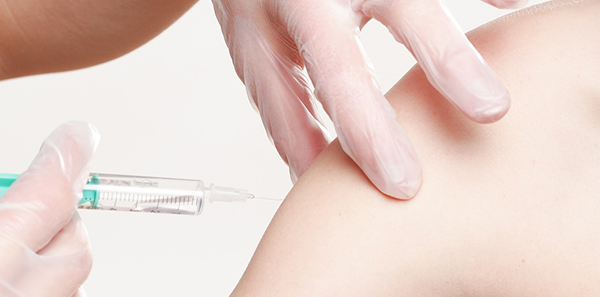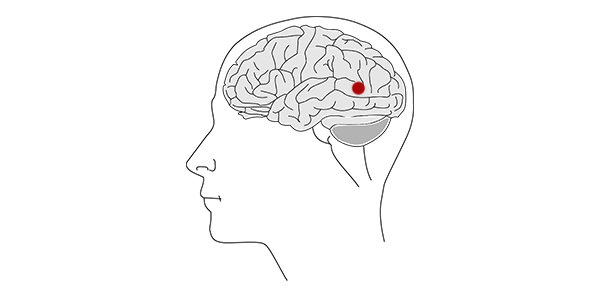
When Edward Jenner, a British doctor born in 1749, came up with the idea of the process for generating immunity against cowpox through vaccination with a bovine vaccine, surely he did not imagine the tremendous repercussion this Discovery would have for health, and consequently, all humanity.
Dr. Jenner noticed that pustules appeared on cows udders and that the same occurred on the face and body of many persons. These pustules would suppurate and produce very high fever, itching, and malaise, leaving many scars on the face and body of those who had suffered it after they were healed. This illness was cowpox.
When caring for country people, he observed that despite their direct contact with the animals, those who worked tending to and milking cows never suffered from this terrible illness.
He proceeded to take the exudates from pustules of the cows and inoculate some persons with it through a small wound on their skin, and they also failed to suffer smallpox. That was how he discovered the first vaccine, so-called for proceeding from cows.
Up to 500.000 persons died each year in Europe as a result of this disease.
In this month of December (December 3, 1791) the first cowpox vaccine was applied in Spain. Vaccines form the time they were discovered until today, have saved millions of lives and freed humankind from suffering terrible after-effects of many illnesses. This is why the health department of governments throughout a large part of the world, particularly in wealthier countries, carry out vaccine campaigns especial aimed at the younger population-that most susceptible to infectious diseases. It is fundamental to break the chain of infectious disease in order to prevent them, and this occurs at one of three links: the source of infections, the mechanisms for its contagion and the healthy individual susceptible to or a “candidate for the illness”.
Being susceptible is the opposite of being resistant or immune. Fort, the most part, we cannot fight against the source of infection, in other words, the causal germ; we cannot combat all of the mechanisms of transmission; however, we can act on the candidate likely to become ill by offering protection and strengthening inner defences: awakening one’s immunity and putting it to work. How can we strengthen these defenses? With vaccines.
What mission do vaccines serve?
Vaccines are biological preparations based on dead or living but attenuated germs which when introduced into the organism in a small quantity provoke a response or defense unto these germs, which if is not dead or attenuated would produce that same illness. This response or defense is called immunity.
The number of illnesses which may be avoided today by the use of vaccinations is enormous: poliomyelitis, tetanus, diphtheria, pertussis, measles, mumps, rubella, hepatitis B and A, chickenpox, flu, meningitis, etc.
Another type of vaccine exist of a genetic origin, likewise obtained in laboratories though with a methodology different to that of conventional vaccines, but having the same mechanism for action: the creation of a response of the immune system or defense mechanisms.
How did this happen?
When a large number of persons are vaccinated against the same illness, a great defensive barrier is created against this illness, for example, against flu. This is why the promotion of vaccinations campaigns is so important and that the population, in general, be vaccinated and aware that the protection is not merely on an individual level, but rather helps in creating defenses for a large part of the population.
Mª Nieves Gracía Pérez-Nurse of the Laboural Health Service of ONCE
The information published in this media neither substitutes nor complements in any way the direct supervision of a doctor, his diagnosis or the treatment that he may prescribe. It should also not be used for self-diagnosis.
The exclusive responsibility for the use of this service lies with the reader.
ASSSA advises you to always consult your doctor about any issue concerning your health.












